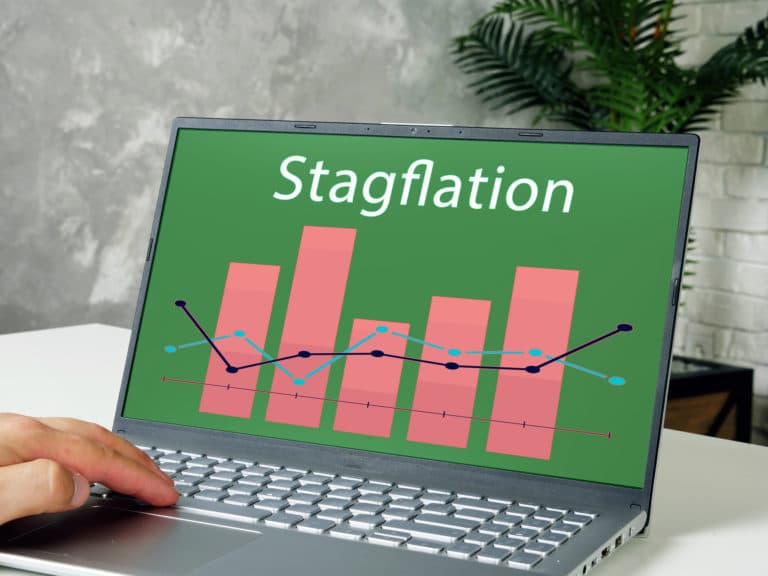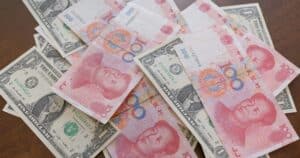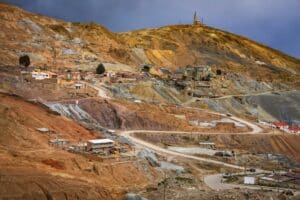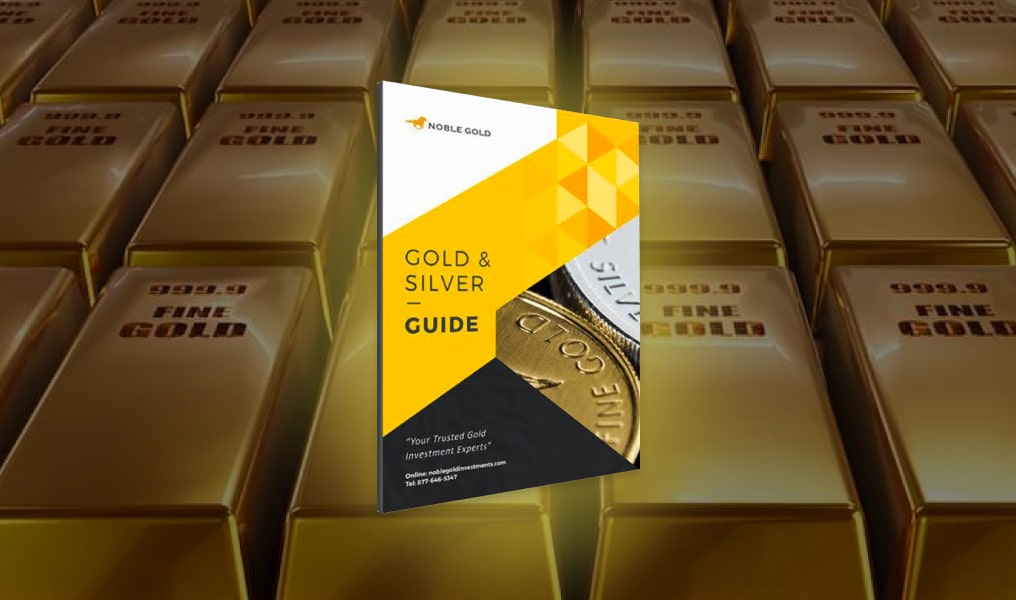A term coined in the 1960s, “stagflation” comes from the mix of two economic phenomena: stagnation and inflation. Stagnation occurs when there is a period of low economic growth, often seen with high unemployment rates. While this decline in a country’s gross domestic product (GDP) is occurring, prices are also rising, leading to high inflation levels.
Most economics experts long believed stagflation to be impossible. During times such as the Great Depression, they were more worried about the effects of the deflation of the dollar’s value on the unemployed and less worried about the possibility of inflation. However, by the mid-twentieth century, stagflation was occurring in countries around the world.
What effect does stagflation have on an economy, and what causes stagflation to occur? From oil prices to economic policies, many factors can contribute to stagflation. Understanding this economic phenomenon can help you to better protect yourself and your investments from its effects.
Is Stagflation Bad?
Stagflation is widely considered to be a negative occurrence. In other situations, lower economic output in a country would cause higher unemployment, but it would not have massive effects on the cost of living. However, when stagflation occurs, it increases unemployment while decreasing the consumer’s buying power. Fewer workers and higher prices lead to a reduction in the GDP of the country affected.
Stagflation’s negative effects are greatly illustrated in the name of the method of measuring its effects. The misery index, created by economist Arthur Okun, uses inflation and unemployment to measure the effect that the current economic situation is having on the average citizen. A high misery index reflects times of stagflation.
Factors That Affect Stagflation
Several factors can affect the severity of stagflation. Since stagflation is created by the dual causes of inflation and stagnation (low output and high unemployment), these factors are directly related to each of those causes.
Oil prices increase the cost of production, high unemployment limits production capacity, and the wrong policies can cause economic chaos and limit the consumer’s buying power. By understanding these factors, financial experts and investors are better able to understand how stagflation will affect their investments.
Oil Prices
A sudden spike in the price of oil can affect the manufacturing industry’s ability to create and distribute products. The affected economy’s capacity to produce goods is greatly reduced, which leads to a rise in unemployment.
A perfect example of oil prices’ effect on stagflation was seen in 1973 when an oil embargo was put in place against various Western countries. The embargo led to a global increase in the cost of oil, which led to an increase in transportation costs. It became harder to transport goods and get them to stores, thus increasing their cost and effect on the average consumer. Companies produced less and, as a result, began to lay off workers, even as the prices of goods continued to climb.
High Unemployment
If a country is dealing with a high unemployment rate, then it’s faced with a diminished workforce. With fewer workers being employed, companies are not manufacturing enough goods to increase the country’s GDP.
This stagnation in the GDP of a country can increase the misery index, indicating stagflation. As unemployment rises and the economy’s capacity for production decreases, the limitations in the number of goods available will lead to an increase in prices — also known as inflation.
Economic Policy
Another cause of stagflation is the creation of restrictive economic policies. When restrictive economic policies are put into place temporarily, the economy can experience significant backlash after the policies are relaxed.
The policies that cause stagflation don’t have to be passed by the United States Congress either. Over the past 100 years, the world has become more and more connected as a global society. The actions of one country can have far-reaching effects on other countries, even ones on the other side of the planet. An oil embargo, an economic depression, or a natural disaster in one place can have economic consequences for people thousands of miles away.
Stagflation vs. Inflation
Inflation is the occurrence of a rise in prices within an economy. It is an event that causes a sharp decrease in purchasing power. For many people, it’s seen as a given that prices will continue to rise each year, but ideally, that would not be the case. Inflation leads to a reduction in the value of a country’s currency and can make it hard for people to stay afloat financially, especially if their income is not adjusted regularly to account for increasing prices.
However, inflation is only one part of stagflation. It impacts consumers heavily by increasing the cost of living. However, that impact is seen much more during stagflation because the misery index is higher. Dealing with inflation is one thing, but dealing with inflation while also being unemployed is another problem entirely. This is the danger of stagflation. It takes an economic event that is already difficult, like inflation, and makes it even more so by increasing unemployment and limiting GDP.
How To Protect Yourself Against Stagflation
If you are trying to protect yourself against stagflation, then you are trying to protect yourself against the effects of both stagnation and inflation. In both of these economic events, making investments can help.
One of the major signs of stagnation is a rise in the unemployment rate. Investments can act as a form of passive income that can help you to better navigate unemployment by offering a source of income in the interim.
You also have to protect yourself against inflation. Simply investing in stocks alone isn’t enough; however, investing in non-liquid assets and alternative investments might help. For example, creating a Gold IRA and investing in precious metals may help when faced with inflation. Because it is a physical asset, gold is resistant to the effects of inflation, and investing in it can keep your retirement funds safe in the face of stagflation.







